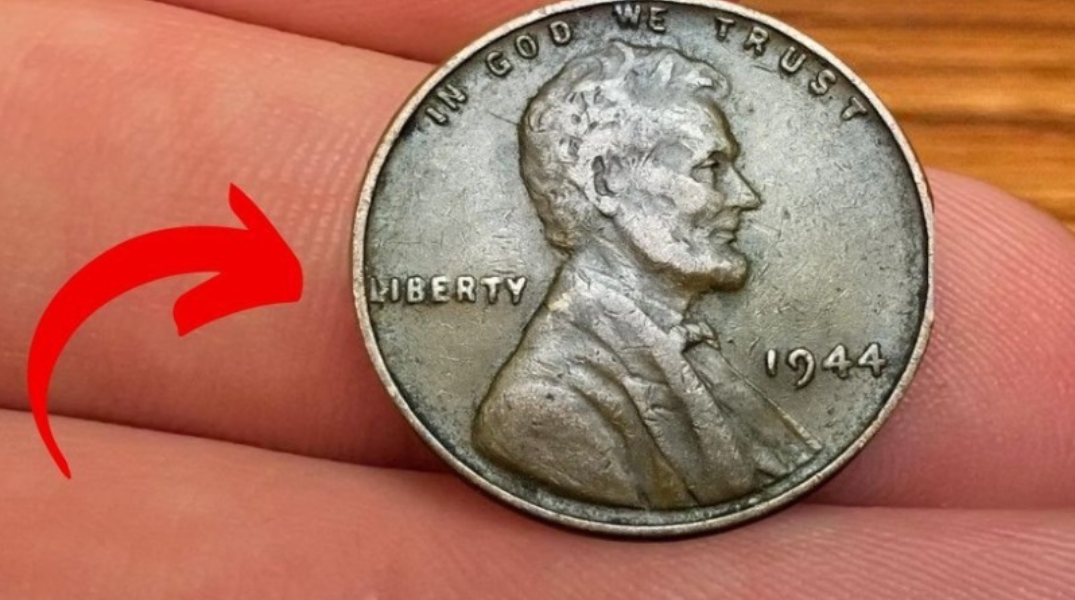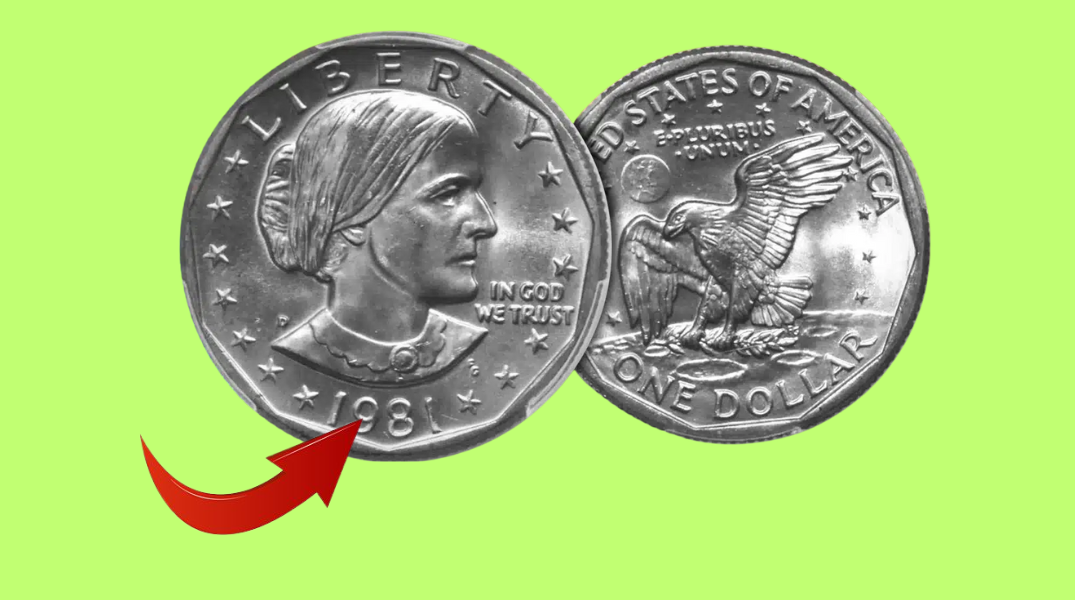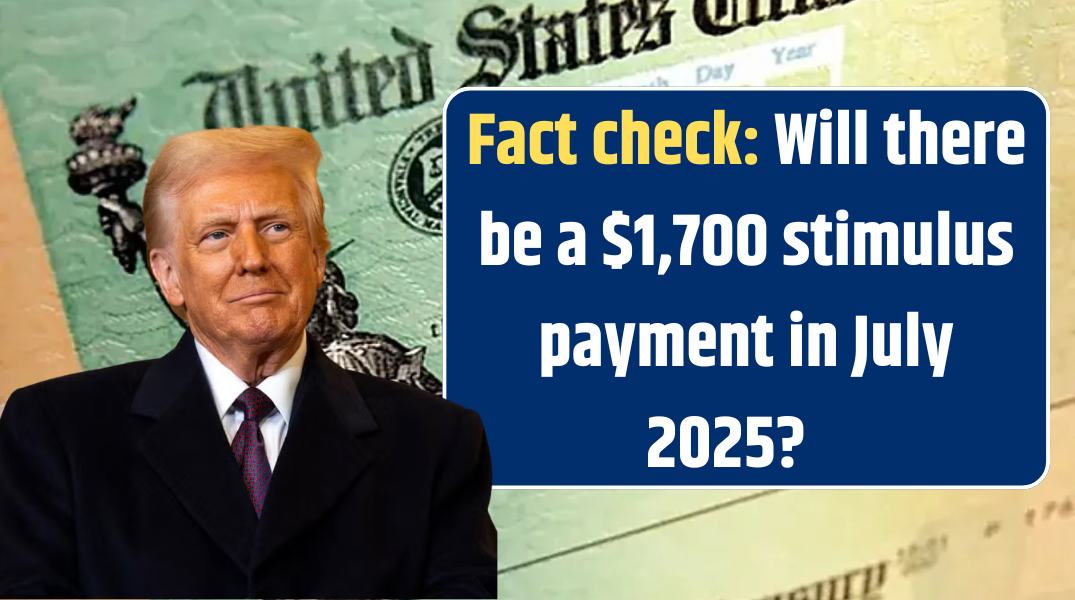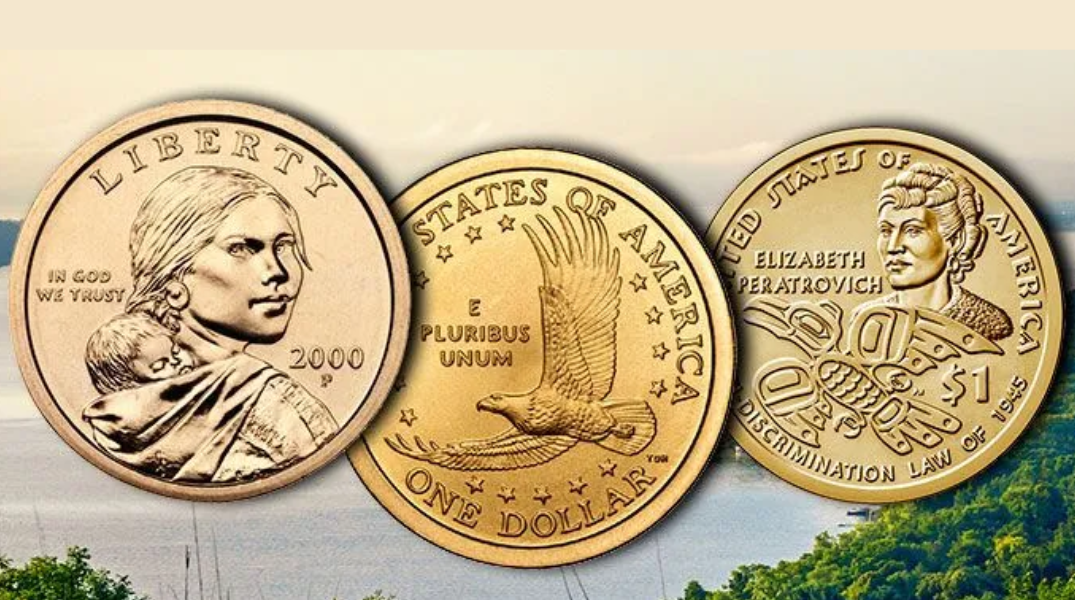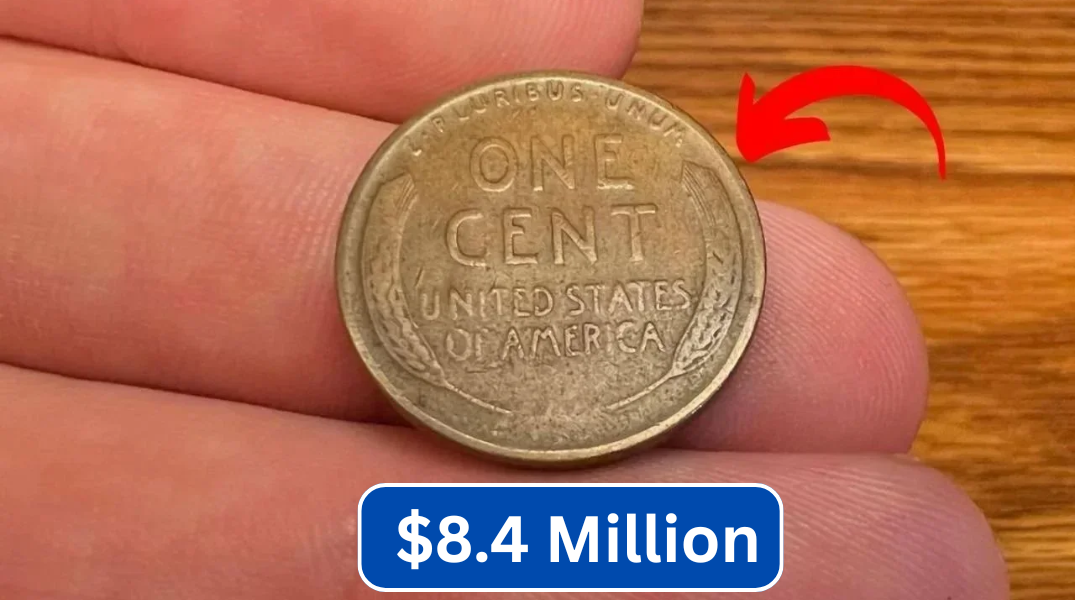The Lincoln Wheat Penny Valued at $8,700,000 – At first glance, the humble penny might not seem like a life-changing coin. But some versions of the Lincoln Wheat Penny are so rare and valuable that one recently sold for $8,700,000 at auction. That’s right — a single, small copper coin that once paid for candy now commands millionaire attention.
In this article, we’ll uncover the history, rarity, and unbelievable value of certain Lincoln Wheat Pennies. We’ll also share how these iconic coins are still found in circulation — and how you might be holding one right now.
A Coin with a Legacy: Birth of the Lincoln Wheat Penny
The Lincoln Wheat Penny made its debut in 1909, marking the first time a U.S. coin featured an actual person — none other than President Abraham Lincoln. The obverse (front) of the coin showcases Lincoln’s portrait, while the reverse features two simple wheat ears, symbolizing American agriculture and prosperity.
Designed by Victor David Brenner, the coin remained in production until 1958, after which the reverse design was changed to depict the Lincoln Memorial.
Even after more than a century, the Lincoln Wheat Penny holds a special place in the hearts of numismatists (coin collectors) — not just for its design, but for the hidden gems among its mint years.
The Million-Dollar Rarity: Why One Sold for $8.4 Million
So, why would anyone pay $8.4 million for a coin worth just a penny?
It all comes down to an error — a rare minting mistake that occurred during World War II. In 1943, the U.S. Mint switched from copper to zinc-coated steel pennies to conserve copper for war production. But somehow, a few copper blanks from 1942 were accidentally used, creating the ultra-rare 1943 copper Lincoln Wheat Penny.
Only a small number of these copper coins were produced, and even fewer are known to exist today. One such penny, preserved in near-perfect condition, shattered records when it sold for $8.7 million at auction.
💡 Did You Know? Less than 20 authentic 1943 copper Lincoln pennies are confirmed to exist, making them some of the most sought-after coins in the world.
Are These Rare Pennies Still in Circulation?
Surprisingly, yes! Although the last Lincoln Wheat Penny was minted in 1958, these coins are still legal tender and occasionally show up in circulation.
Collectors often search through rolls of pennies from banks, old coin jars, or inherited piggy banks in the hopes of finding one of these valuable coins.
While most Lincoln Wheat Pennies are only worth their face value or a few cents, certain mint years or rare errors can make them worth thousands or even millions.
Condition and Coin Value: Why Mint State Matters
If you’re lucky enough to find a Lincoln Wheat Penny, one of the most important factors in determining its value is condition.
Coins in “mint state” — meaning they show no wear and retain their original luster — can be worth exponentially more than their worn-down counterparts.
Other factors that increase value include:
-
Rare mint years (e.g., 1909-S VDB, 1914-D, 1922 No D)
-
Minting errors, like double-die strikes or off-center impressions
-
Mint marks, such as “D” (Denver) or “S” (San Francisco)
🧠 Collector Tip: Never clean an old coin! Scrubbing it can reduce its value. Coin collectors prefer the original patina, even if it looks dull.
Beyond Rarity: The Penny That Became an Investment
With more people turning to collectibles as alternative investments, rare coins like the Lincoln Wheat Penny are gaining new relevance. In fact, some investors are putting their money into high-grade coins as part of long-term wealth strategies — and this humble penny has earned a seat at the table.
Fun Addition: Hidden Messages in Coin Design
Here’s something intriguing — the designer of the Lincoln Wheat Penny, Victor David Brenner, placed his initials “V.D.B.” on the reverse of the 1909 penny. The placement caused public controversy, leading to their temporary removal. The 1909-S VDB penny, with fewer than 500,000 ever minted, remains one of the most collectible coins today — valued at over $1,000 in circulated condition and $10,000+ in mint state.
FAQs: Your Questions About the Lincoln Wheat Penny, Answered
Q: What are the most valuable years for Lincoln Wheat Pennies?
A: Look for 1909-S VDB, 1914-D, 1922 No D, 1931-S, 1955 Double Die, and the ultra-rare 1943 copper penny. These are the holy grails of the Wheat series.
Q: How do I know if my 1943 penny is copper or steel?
A: Use a magnet — steel pennies will stick, copper ones won’t. Also, copper versions weigh slightly more (3.11g vs 2.7g for steel).
Q: Where should I go if I think I found a valuable penny?
A: Visit a reputable coin dealer, coin show, or contact a grading service like PCGS or NGC for professional evaluation.
Q: Can I still spend a Lincoln Wheat Penny?
A: Yes, it’s legal tender — but it’s worth far more to a collector than to a vending machine.
Q: What should I avoid when collecting coins?
A: Don’t clean them, don’t store them in PVC plastic sleeves, and don’t assume rarity without proper identification.
Final Thoughts: A Penny That Could Change Everything
The Lincoln Wheat Penny is more than just a nostalgic piece of American currency. In some cases, it can be a life-altering discovery. Whether you’re a seasoned collector or just someone sorting through spare change, always keep an eye out — because you never know when a tiny copper coin could turn into a multimillion-dollar treasure.
Next time you pick up a penny, don’t dismiss it — it could be worth a fortune.
